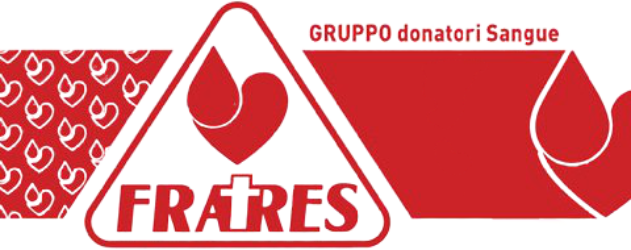Varicose veins are a typical condition that impacts the capillaries in the legs and also feet. They take place when the shutof fs in the blood vessels become weak or harmed, leading to the pooling of blood as well as the augmentation, turning, and bulging of the blood vessels. Varicose veins can be blue, red, or flesh-colored, and also they might appear increased or puffy.
Varicose veins are an outcome of a problem called venous insufficiency, which takes place when the shutoffs that regulate blood circulation in the veins do not operate effectively. Normally, these shutoffs allow blood to move in one instructions– in the direction of the heart– but when they end up being weak or harmed, blood can flow in reverse and also collect in the veins. This causes them to increase the size of and also come to be varicose blood vessels.
Signs of Varicose Veins
The symptoms of varicose blood vessels can differ from person to person, but usual indicators include:
- Swollen, twisted, or protruding capillaries that are visible simply under the surface area of the skin.
- Discomfort or aching in the legs, specifically after prolonged standing or resting.
- Thickness or a sensation of volume in the legs.
- Burning or itching experience around the influenced capillaries.
- Cramping or muscle pain in the legs, specifically in the evening.
- Skin discoloration or ulcers near the impacted capillaries.
These signs and symptoms are usually more pronounced after extended periods of standing or resting, as well as during warm weather. It is very important to keep in mind that sometimes, varicose blood vessels can be asymptomatic, indicating they do not trigger any recognizable symptoms.
Causes and also Risk Variables
There are numerous aspects that can raise the threat of creating varicose capillaries, consisting of:
- Age: The danger of varicose veins boosts with age, as the veins shed flexibility and come to be more vulnerable to damages.
- Sex: Females are more probable to create varicose blood vessels than males, partly because of hormonal modifications during pregnancy and also menopause.
- Family background: Having a household background of varicose veins boosts the chance of creating the condition.
- Excessive weight: Excess weight puts extra pressure on the blood vessels, making them much more susceptible to damages.
- Prolonged sitting or standing: Jobs that entail long periods of resting or standing can increase the danger of varicose veins.
- Maternity: Maternity puts boosted pressure on the veins, and hormonal modifications can deteriorate the vein walls.
While these factors can raise the risk, anyone can create varicose capillaries. It is estimated that as much as 35% of people in the USA have varicose veins to some degree.
Treatment Alternatives
There are numerous treatment choices offered for varicose capillaries, depending upon the severity as well as signs. These consist of:
- Way of life modifications: Straightforward way of life modifications such as exercising consistently, preserving a healthy weight, boosting the legs, preventing extended periods of resting or standing, as well as wearing compression stockings can help alleviate signs and symptoms and stop getting worse of varicose capillaries.
- Sclerotherapy: This minimally intrusive procedure entails infusing a solution right into the impacted veins, creating them to scar and close. Gradually, the body takes in the scar cells, as well as blood is rerouted to much healthier blood vessels.
- Endovenous laser therapy (EVLT): This procedure utilizes laser energy to warm and secure the damaged capillaries, rerouting blood flow to much healthier veins.
- Capillary removing: In extra severe cases, surgical removal of the influenced capillaries may be essential. This treatment is commonly done under basic anesthetic.
Avoidance and also Self-Care
While varicose capillaries might not constantly be avoidable, particular self-care procedures can help reduce the danger and also ease signs and symptoms:
- Exercise frequently to improve circulation and also strengthen leg muscular tissues.
- Keep a healthy and balanced weight to decrease pressure on the veins.
- Raise the legs whenever feasible, especially after long term durations of standing or sitting.
- Prevent crossing the legs for extended periods of time.
- Put on compression stockings to advertise blood flow as well as lower swelling.
- Prevent using tight apparel that limits blood flow.
- Prevent standing or resting for extended periods without taking breaks to walk around.
Final thought
Varicose blood vessels are an usual problem caused by venous insufficiency, which results in the enhancement and twisting of the capillaries in the legs and also feet. While they can create pain as well as aesthetic issues, treatment alternatives are offered to relieve signs and symptoms as well as improve the look of varicose veins. By embracing specific way of life changes and also exercising self-care steps, it is possible to minimize the threat as well as take care of the signs and symptoms related to varicose capillaries.
